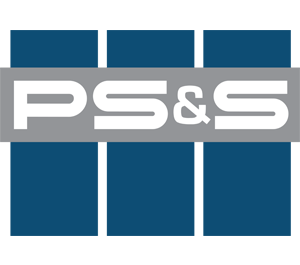CITY OF PATERSON -
Combined Sewer Overflow (CSO) Long Term Control Plan Development
LOCATION: PATERSON, NJ
CLIENT: CITY OF PATERSON
MARKET SECTOR: PUBLIC
THE OPPORTUNITY
PS&S was responsible for drafting a Long Term Control Plan (LTCP) for improvements to Paterson’s combined sewer system, in compliance with NJDEP and USEPA standards. The Plan aims to reduce the bacterial contamination that the combined system creates in the Passaic River during heavy rainfalls. Alternative technologies, once implemented over the span of 20 to 40 years, would reduce CSO events & volume at the City’s regulators. Along with 7 other Passaic Valley Sewerage Commission (PVSC) District CSO Permittees, Paterson was obligated to submit hydraulic model results and Alternative Reports to supplement its CSO Permit renewal. Combined sewer flows from each Permittee are collected by an interceptor feeding directly to the PVSC treatment facility.
THE CHALLENGE
The greatest challenge was Paterson’s financial capabilities. Most households consider sewer expenses to be a high economic burden, so care was taken to propose wet weather controls that would be both practical and affordable options for years to come. This included the public’s desire for regional flood relief and an affordable, effective level of Green Infrastructure. Finally, additional survey data was needed to more than double the detail of Paterson’s original hydraulic model.
THE PS&S SOLUTION
Over the course of four (4) years, PS&S participated in monthly alternative discussions with the PVSC District, met deliverable deadlines, and engaged with public groups and City-elected officials. Technical approach and cost guidance documents generated by PVSC were shared with the Permittees to create a more polished, standardized end product. Using these documents, conceptual discussions with Paterson’s Engineering department, and Paterson CSO studies published years prior, PS&S produced Alternative Reports on behalf of the City in 2019 and 2020. These Reports outlined the most feasible projects necessary to achieve a specified level of CSO control by the end of an established schedule.

